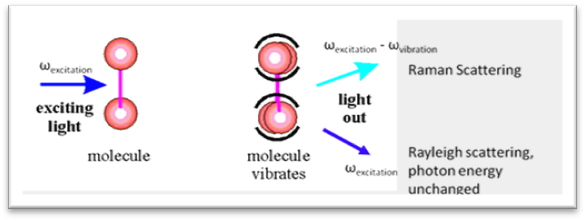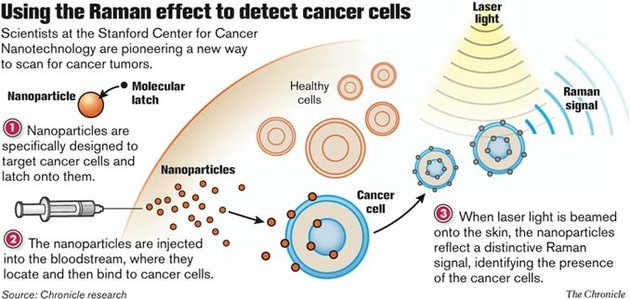Description

Disclaimer: Copyright infringement not intended.
Context:
- In India, the National Science Day (NSD) is celebrated on February 28 each year to honor the discovery of the 'Raman effect' by Indian physicist Sir C. V. Raman.
- Sir C.V. Raman presented the 'Raman effect' on February 28, 1928, for which he was awarded the Nobel Prize in Physics in 1930.
Aim:
- To draw awareness to people about the significance of science in our daily life and to encourage people by popularising Science and Technology.
National Science Day 2023: Theme:
- The theme of National Science Day 2023 is 'Global Science for Global Wellbeing'.
.jpeg)
History of National Science Day:
- In 1986, the National Council for Science and Technology Communication (NCSTC)asked the Indian government to observe February 28 as National Science Day.
- Since then, National Science Day has been celebrated all over India in schools, colleges, universities, and other academic, scientific, technical, medical, and research institutions.
Raman Spectroscopy:
- Raman is a light scattering technique, whereby a molecule scatters incident light from a high intensity laser light source.
- Most of the scattered light is at the same wavelength (or color) as ---- this is called Rayleigh Scatter.
- However, a small amount of light (typically 0.0000001%) is scattered at different wavelengths (or colors), which depend on the chemical structure of the analyte – this is called Raman Scatter.

Important Applications:
The following are some important areas which use Raman spectroscopy to great effect.
Pharmaceutical Agents and Cosmetic Products
- The distribution of a compound within a tablet
- The concentration of an API(Active Pharmaceutical Agent)
- Testing the content and purity of a powder
- Verifying raw material quality
- Identification of contaminants
Geology and Mineralogy
- Identification of various minerals and precious/semiprecious stones
- Studying the distribution of minerals and phases within a section of rock
- Studying the behavior of minerals under harsh conditions
- Identifying chondrite or achondrite meteorites
Carbon Materials
- Study of single-walled carbon nanotubes.
- Testing hard disk drives
- Detection of defects or disorder in carbon materials
- Testing diamond quality and place of origin
- Measuring the electrical properties and the number of layers of 2D materials like graphene.

Semiconductors
- Assaying the purity
- Analysis of the composition of an alloy
- Identifying contaminants
- Analyzing defects in a structure
- Microanalysis of photoluminescence
Life Sciences
- Analysis of biocompatibility of a material
- Analysis of nucleic acids
- Study of interactions between drugs and cells
- Diagnosis of disease
- Analysis of individual cells
- Cell sorting applications
- Analyzing the features of biomolecules
- Study of bone structure

Significance
- Raman scattering was a significant breakthrough in the field of spectroscopy.
- Even today, the findings are used in Raman spectroscopy, which is a technique used to identify the chemical composition and structure of materials.
- Raman spectroscopy is widely used in various scientific fields, including chemistry, physics, materials science, and biology as it is a non-destructive and non-invasive investigative technique.
- With the invention of lasers and the capabilities to concentrate much stronger beams of light, the uses of Raman spectroscopy have only ballooned over time. Today, this method has a wide variety of applications, from studying art and other objects of cultural importance in a non-invasive fashion to finding drugs hidden inside luggage at customs.
- The National Science Day not only serves as a way to celebrate Raman and his discovery, but it is also meant for encouraging development, discoveries and experimentation in the science community in India. The day is meant to encourage students into choosing scientific fields but also to honour the contributions of the millions of scientists within the country.
- With human civilization undergoing advancement and changes over the past two hundred years through scientific discoveries, the day is important to encourage scientific curiosity and attitude in children and students.
|
PRACTICE QUESTION
Q) The National Science Day not only serves as a way to celebrate C.V. Raman and his discovery, but it is also meant for encouraging development, discoveries and experimentation in the science community in India. Comment.
|

https://indianexpress.com/article/explained/explained-sci-tech/national-science-day-2023-the-raman-effect-which-cv-raman-won-the-nobel-for-8470138/













